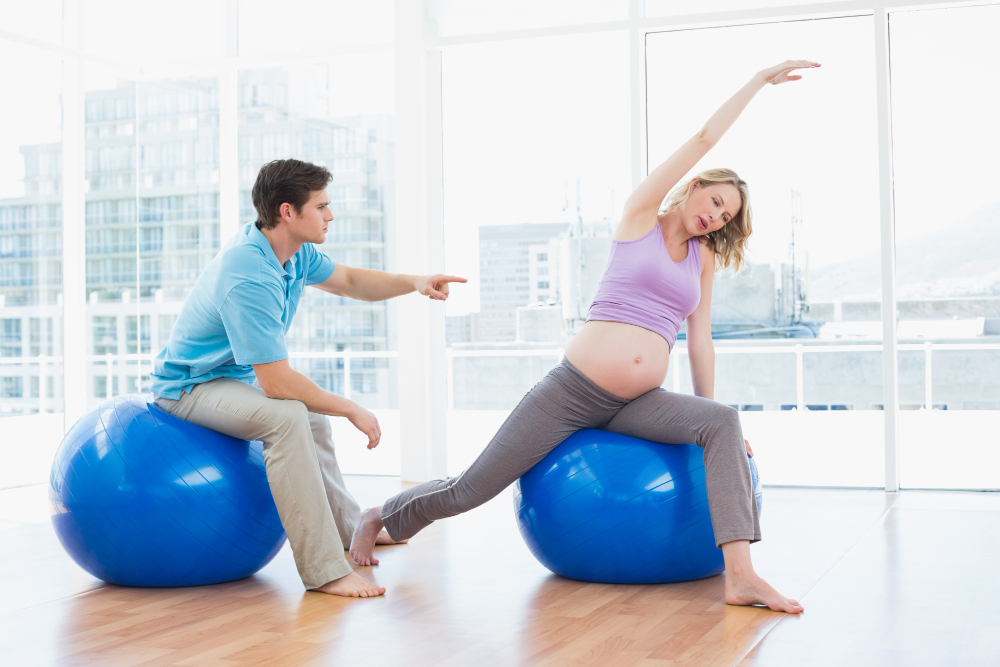Vestibular Rehabilitation

Vestibular rehabilitation is a specialized form of therapy intended to alleviate both the primary and secondary problems caused by vestibular disorders. It is a program designed by physical therapists to reduce dizziness, improve balance, and minimize falls by restoring vestibular function and promoting mechanisms of central adaptation and compensation.
1. Comprehensive Assessment: Vestibular rehabilitation therapy (VRT) starts with a detailed assessment. This includes evaluating a patient’s medical history, symptoms, balance, gait, visual stability, neck mobility, and position-related dizziness. The therapist may conduct specific tests to understand the vestibular system’s involvement in the patient’s symptoms.
2. Canalith Repositioning Maneuvers: In cases of benign paroxysmal positional vertigo (BPPV), therapists use canalith repositioning maneuvers, like the Epley maneuver, to move the dislodged crystals within the inner ear to a location where they cause less irritation.
3. Gaze Stabilization Exercises: These exercises are vital for patients who experience dizziness or blurry vision with head movements. The exercises help in training the brain to compensate for the imbalance in the vestibular system, improving the control of eye movements so vision can be clear during head movement.
